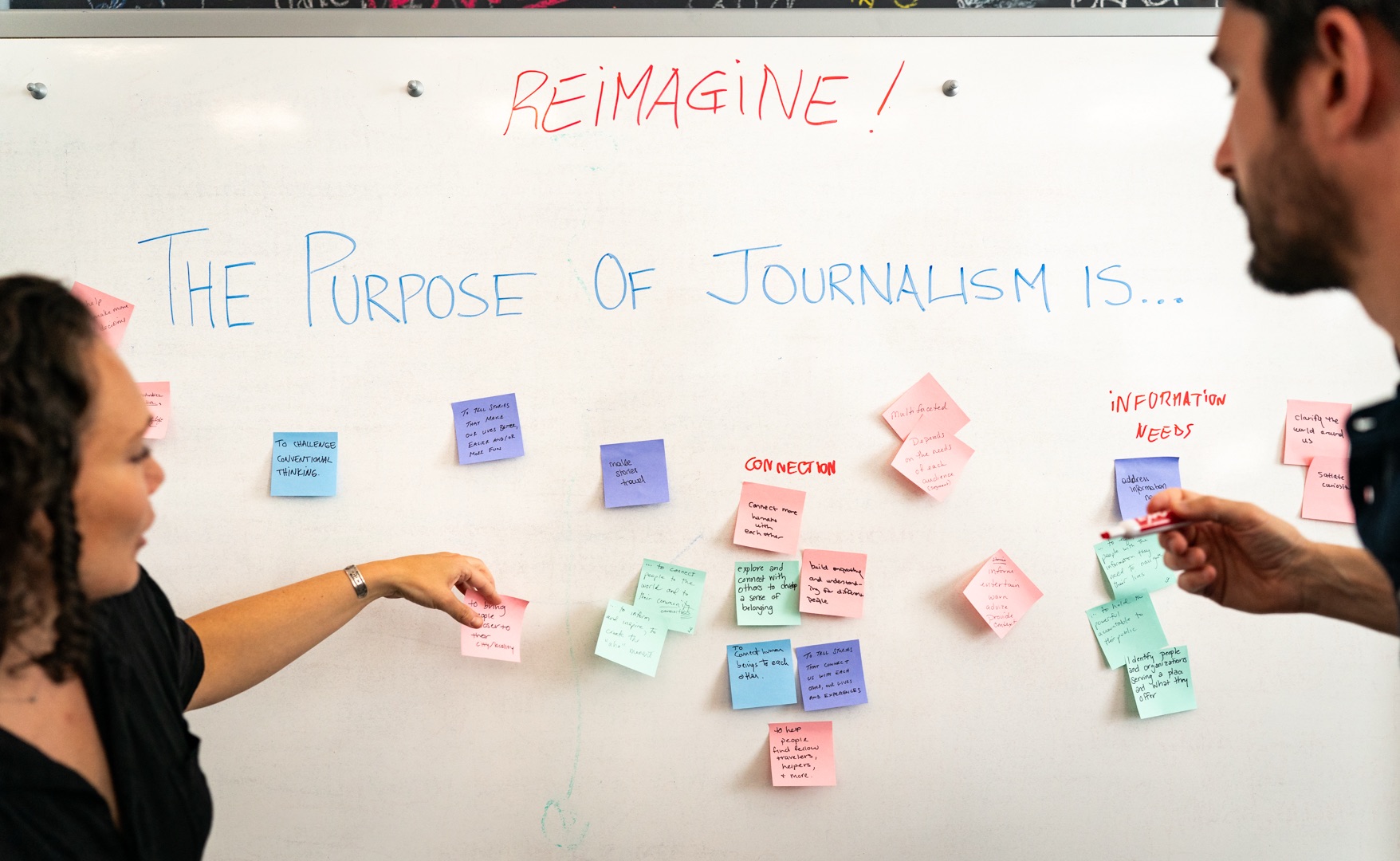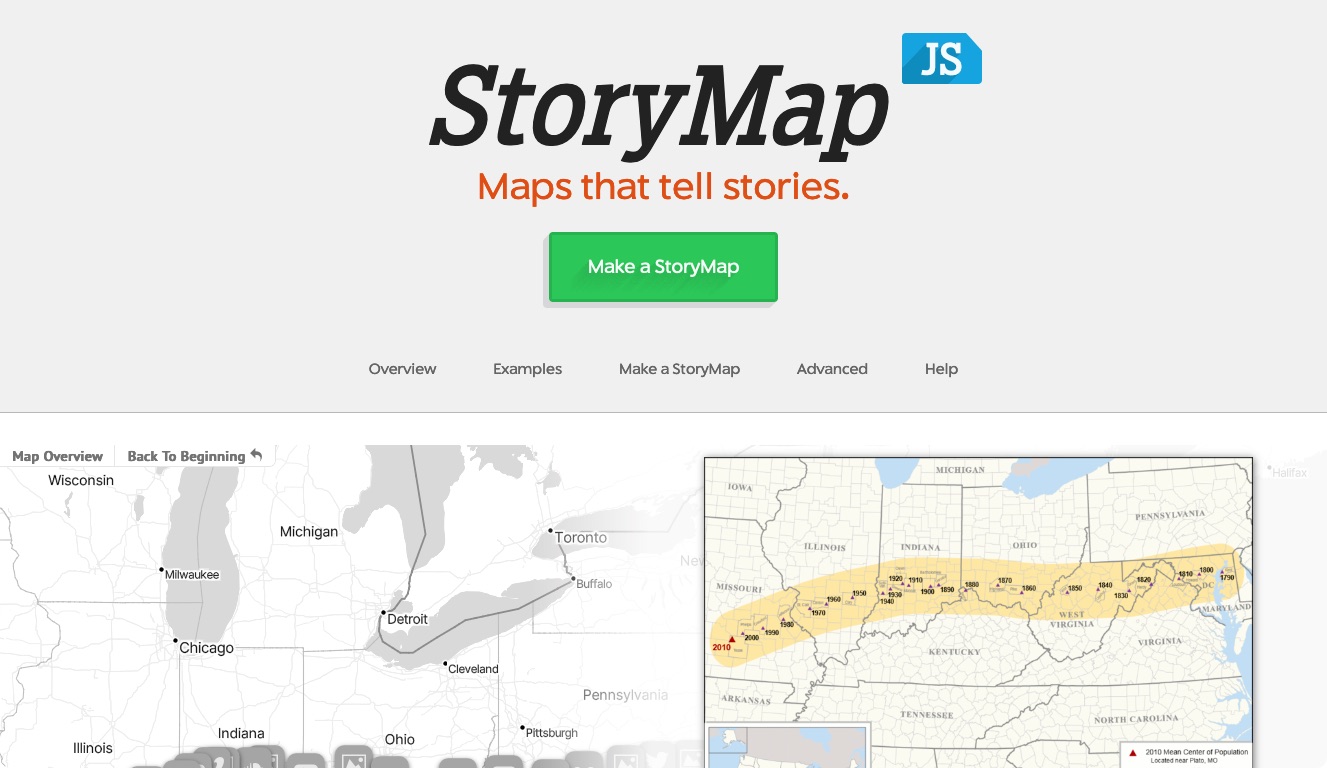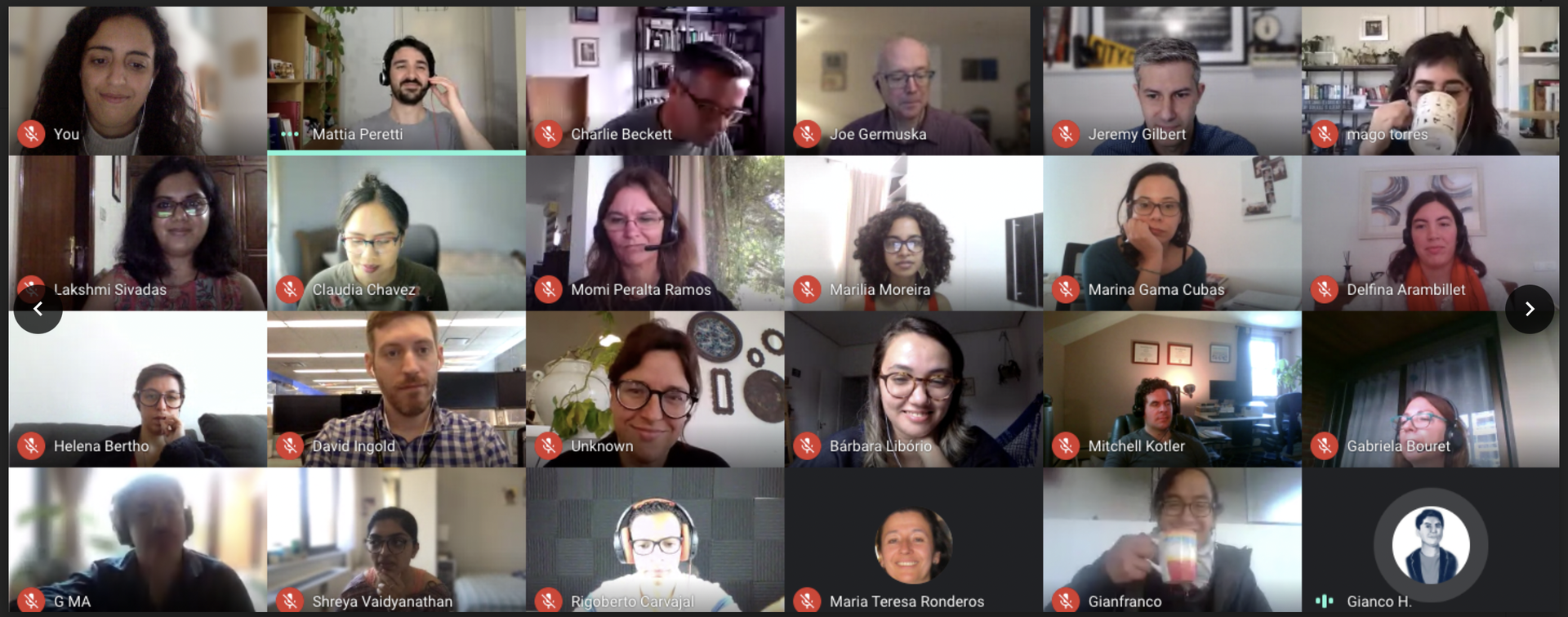One of my favorite ads of all time was one of the simplest: a 15-word Facebook ad created by an artist in New Zealand hawking a pendant he’d made that symbolized “safe passage over water.”
I was a dedicated kayaker at the time, so what thrilled me the most was how this ad seemed to speak directly to me — even calling out “kayakers.”
When it comes to news however, I’ve never been similarly awed by a publisher feeding me a story that reaches me so personally. Even on sites I visit multiple times a day, pay for and have been reading for years, I don’t have an equivalent experience.
All of that is a long way of saying that I was incredibly excited to participate in the Respectful Web Personalization session at MozFest last weekend.
While we talked generally about web personalization, the session eventually turned into a review of Mozilla’s research into a plan that would add some personalization technology to its browser.
I hate to sound like I’m shilling for Mozilla, but I loved the idea for journalism.
The gist of the plan is that Firefox would include a bit of technology that would allow you as a user to enter your interests into the browser on your device. The browser would then tell publishers what you’re interested in (allowing you to turn the feature on or off), which would help the publisher customize content or story lists based on those interests.
Currently, only a few publishers customize content or generate recommendations for readers. But I can imagine that browser-based customization would help others get on board and may remove some of the friction from customization for users and publishers — no logging in with Facebook, Twitter or Google; no need to enter the same “interests” on every site; no need to first observe users on your site before delivering recommendations.
With the proposed Firefox technology publishers would presumably be able to deliver customized story lists and advertising to readers on their first visit and do so with relative privacy. (Read the comments here, for plenty of doubt on the privacy front.)
Of course there are problems with customized content. The biggest in my mind is that it’s probably good for us to read news about a range of subjects, not only those in which we already have an interest.
In fact, a tool that figured out what I know and could then point me toward new information would really be intriguing.
On the other hand, what if customization let you block every piece on an ongoing story that you know to be a waste of time — as the Guardian did with the royal baby?
It’s all really intriguing.
If a browser-based technology allows The New York Times, Denver Post, Wired and my other favorite sites to serve me stories as well as that savvy artist in New Zealand did, I’d love ‘em even more. I'll be looking forward to seeing how Mozilla and others approach customization.
About the author
Tagged





